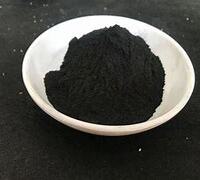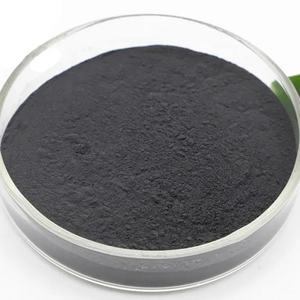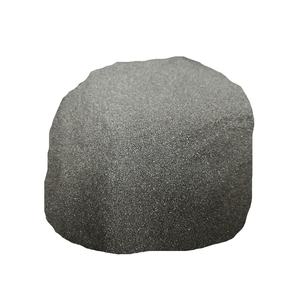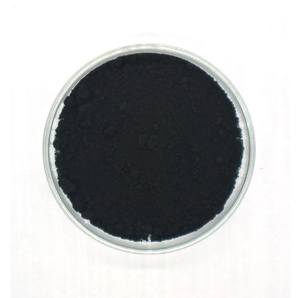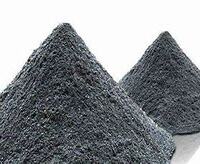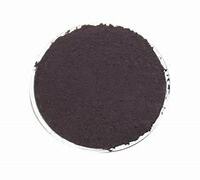Professional graphite material supplier, graphite for EV, grease, furnace and any other industries.
(What Is Graphite?)
Graphite is an element, a form of carbon, which arranges its atoms in hexagonal arrays that are bonded together in layers. Each layer of crystalline graphite is made of three carbon atoms bonded to each other by strong covalent bonds. These valence electrons move around the layers, which allows the graphite to conduct electricity. This electrical conductivity is the reason why arc lamp electrodes, batteries and lubricants are made of graphite.
Historically, the best quality graphite came from the rocky valleys of Borrowdale in northern England. It was used in both fine art and crafts. It was also the source of the pencils we use today. The first pencils were created by Nicolas-Jacques Conte and incorporated a mixture of clay and graphite extruded into long rods, fired, and encased in wooden sheaths.
The popularity of graphite in art came about when artists needed a pencil that could produce thin, refined strokes. Unlike coal or wood, the soft, high-quality graphite at Borrowdale was perfect for drawing.
Graphite is still an essential material in many industries and has grown in demand rapidly. In particular, the lithium ion battery (“LiB”) industry has been experiencing strong growth at 20% per year due to the proliferation of cell phones, tablets and laptops. The growth in hybrid and electric vehicles, grid storage and power tools has further increased the importance of graphite. In addition, the research into graphene, a one-atom thick layer of graphite, is leading to more and more applications for graphite.
(What Is Graphite?)

